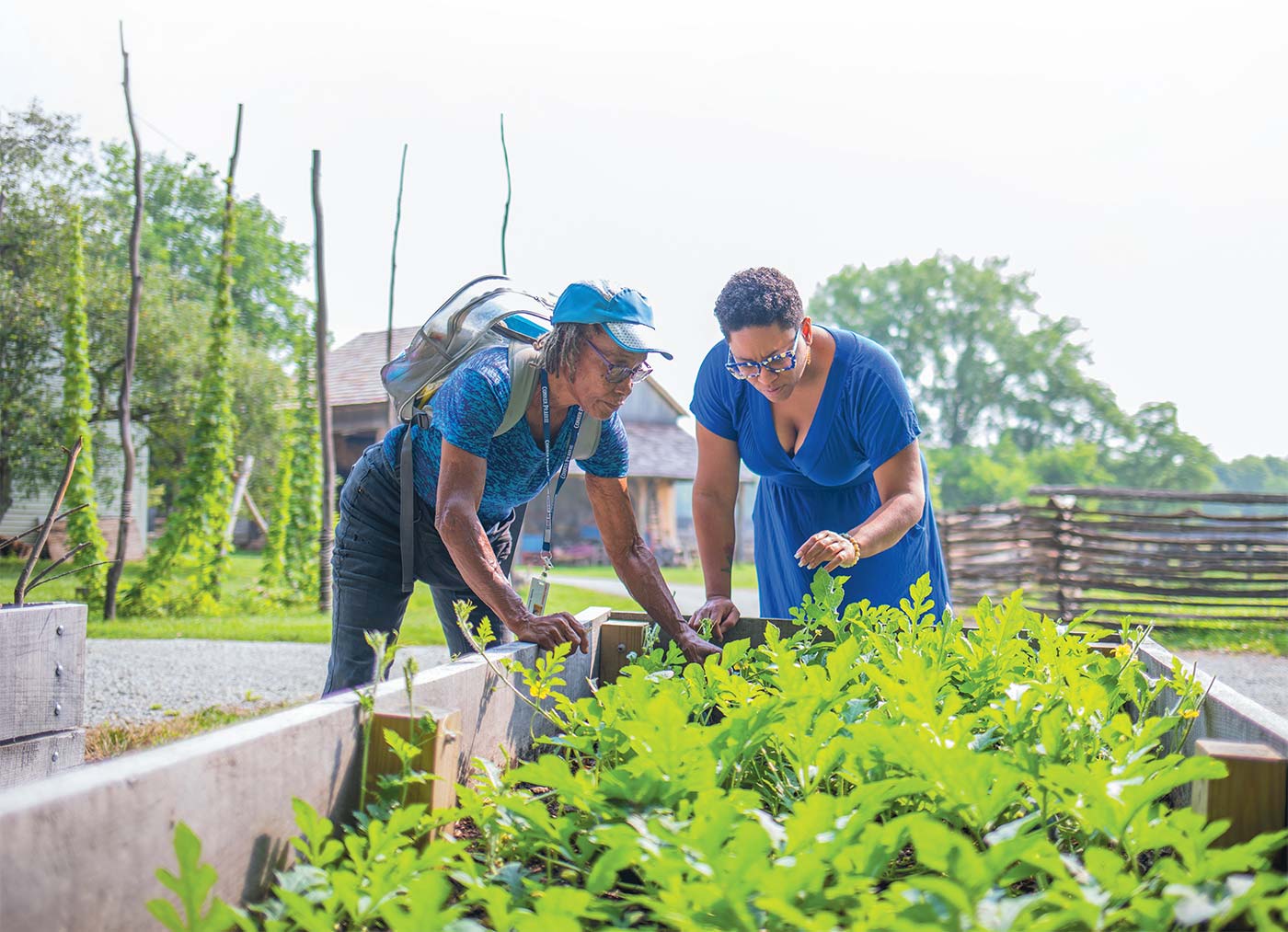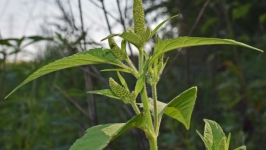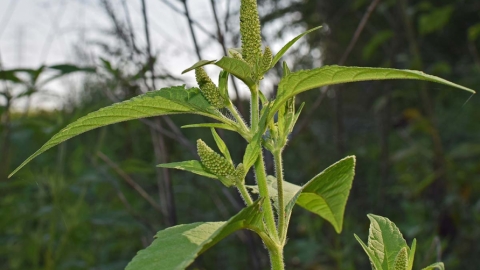Beyond Soul Food
As I toil in the kitchen making chicken biryani, I recognize that one of the things people yearn for when they are displaced from home, whether by choice or by force, is food that is familiar. Enslavement is a difficult topic to learn about, but in the same way food can provide comfort it can also help to explain history.
The immersive multimedia experience Promised Land as Proven Ground (PLPG) is scheduled to open in spring 2024 at Conner Prairie, the outdoor museum of science, history, art and nature northeast of Indianapolis. In 2019, after joining the International Coalition of Sites of Conscience, Conner Prairie committed to doing a better job of telling the story of African American people. PLPG is one way.
Sites of Conscience is a global network connecting past struggles to today’s movements for human rights through historic sites, museums and memory initiatives. PLPG will be a permanent exhibit showcasing the Black experience from pre-colonial Africa through the present day. The exhibit starts with the Origins Cabin and ends with a modern home where Conner Prairie’s first artist in residence, Israel Solomon, will have a studio.
One of the successes of the exhibit is its storytelling from past to present, which doesn’t just reflect on slavery but also highlights food, fellowship and diversity within a group as well. The exhibit was designed by Dr. Charlene Fletcher and Jesse Kramer through collaborations with several groups: Asante Art Institute of Indianapolis, Anthony “Baby Tony” Artist, Center for Africana Studies & Culture at IUPUI, Living Word Baptist Church, Green Thumb Garden Patrol, Indianapolis Garden Club, Purdue Extension Master Gardeners, Spirit and Place, and Witherspoon Presbyterian Church.
The exhibit is composed of multiple pieces designed to help visitors to understand Black American transplantation, not just from Africa to the slave-holding South but onward to Indiana. As early as 1817, Black Americans began to move to Indiana to explore a different life. Even though slavery was illegal here, they still experienced racism and discrimination. Black Americans faced obstacles their white counterparts did not have to worry about, like proving their financial stability and moral character to acquire assets. While Black Americans were allowed to move, the path was not easy. There were several measures in place to keep people out. What developed was resilience, to not only survive but to thrive despite the challenges in race and class after moving to Indiana.
Fletcher emphasized how the exhibit starts with a global story of enslaved Africans being moved across the Middle Passage, eventually making Indiana home after moving from the South. The story continues into the present, where African Americans in Indiana have a global impact now through their food, professions, art, culture and fellowship. In Fletcher’s words, the exhibit shows how African Americans are “living, loving and thriving even in spaces where we are not desired or expected to be.”
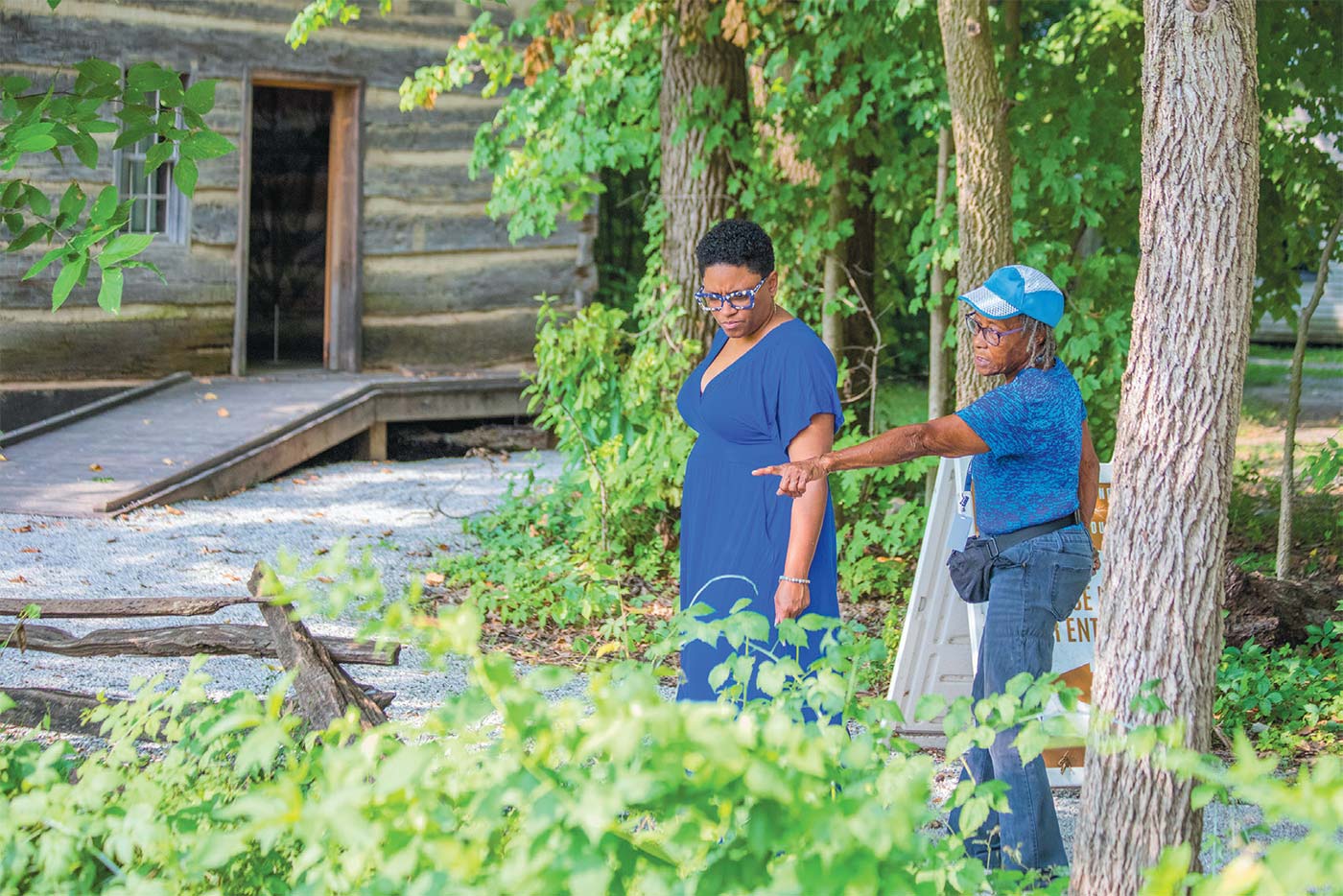
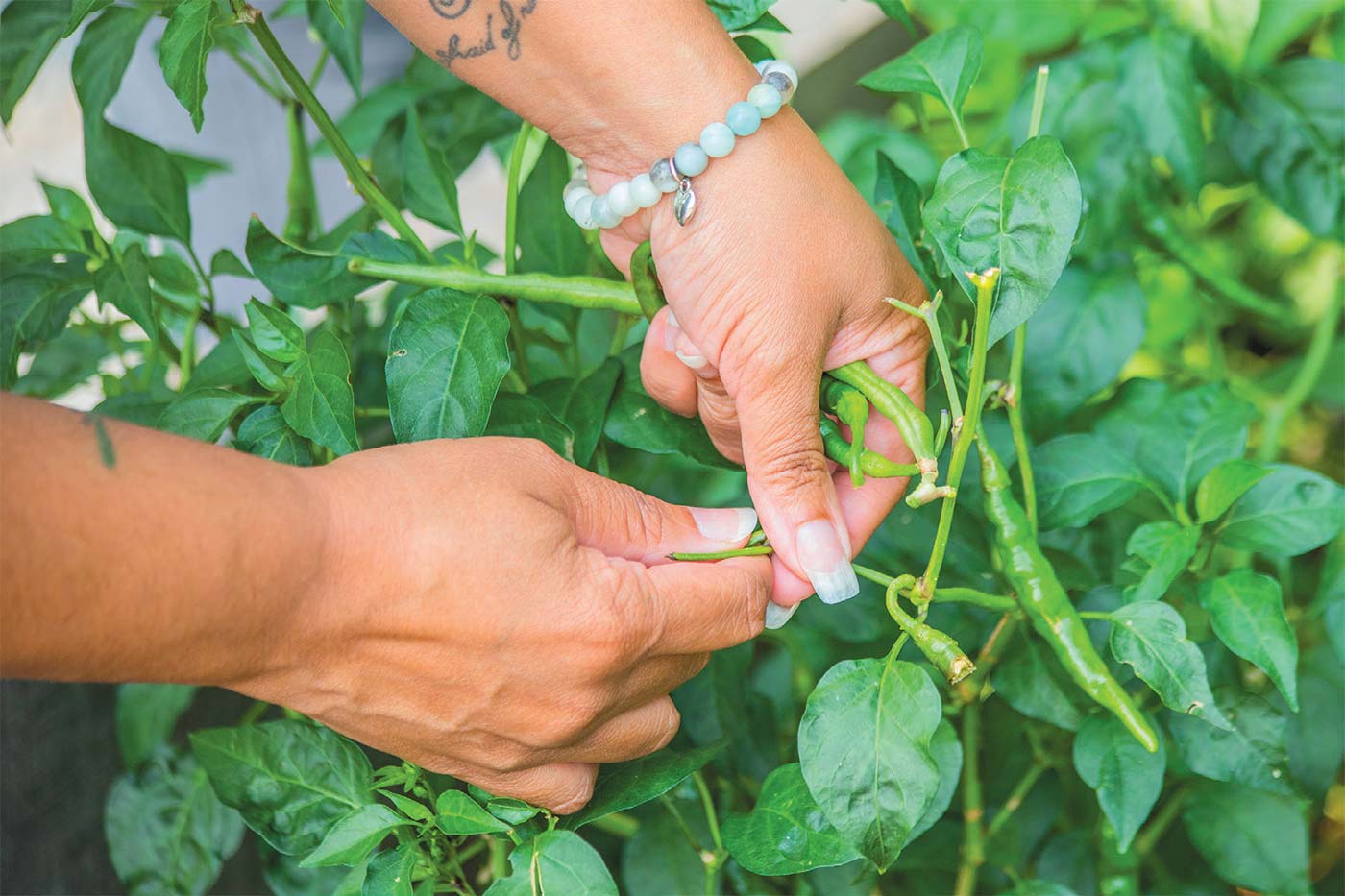
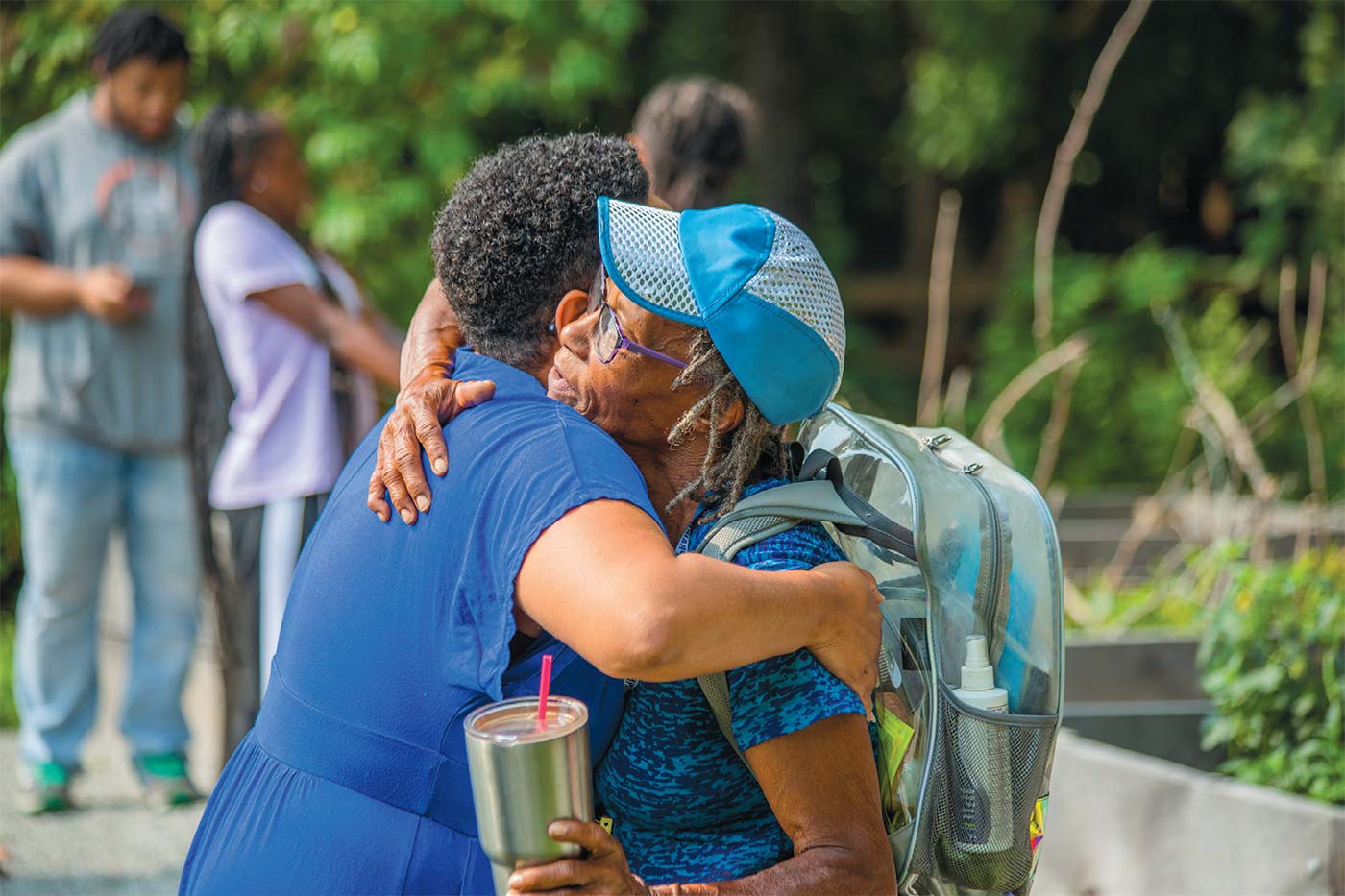
GREEN THUMB GARDEN PATROL
A highlight of the exhibit is a garden run by Mama Camille, founder of the Green Thumb Garden Patrol in 2019, where she teaches children aged 5–18 how to grow food sustainably. When Africans were enslaved and brought to the New World, they carried with them seeds that were transplanted in their new lands. The garden managed by the Green Thumb Garden Patrol boasts luscious greens like turnip and collard greens. The garden also includes other plants that educate visitors about the foods Black Americans grow and use in their cuisine such as okra, hot peppers, sweet potatoes, black-eyed peas, watermelon, lavender, rosemary and thyme.
The Green Thumb Garden Patrol checks on the garden regularly. The group learns basic gardening concepts like removing weeds, using natural fertilizers to promote plant growth and transplanting crops. Outside of the garden at the exhibit, the Green Thumb Garden Patrol grows enough food to feed the families of participants through community gardens in different parts of Indianapolis. They share the surplus at farmers markets with their own stand and donate to food pantries. Mama Camille lovingly teaches youth where food comes from and how to tend to plants that provide nourishment to the soul as well.
While walking through the gardens, Mama Camille explained how deer and other animals often pick at the leaves of some of the greens. “The more you pick, the more they grow,” she said, as she tended to them. It’s the perfect way to describe the resilience of a community that has grown through several challenges in this state, some that still exist today.
Conner Prairie’s exhibits allow visitors to see, touch and smell history. The Promised Land Proven Ground exhibit enables visitors to see themselves as a part of the story too. The exhibit and the garden have limited power unless visitors continue the story outside of Conner Prairie’s grounds. To that note, we are all a part of the story including institutions like Conner Prairie, who will have a continued responsibility to have reciprocal and genuine relationships with the African American community after the exhibit is open to the public. It’s a beautiful first step to represent Indiana better.
Conner Prairie
13400 Allisonville Rd., Fishers
ConnerPrairie.org
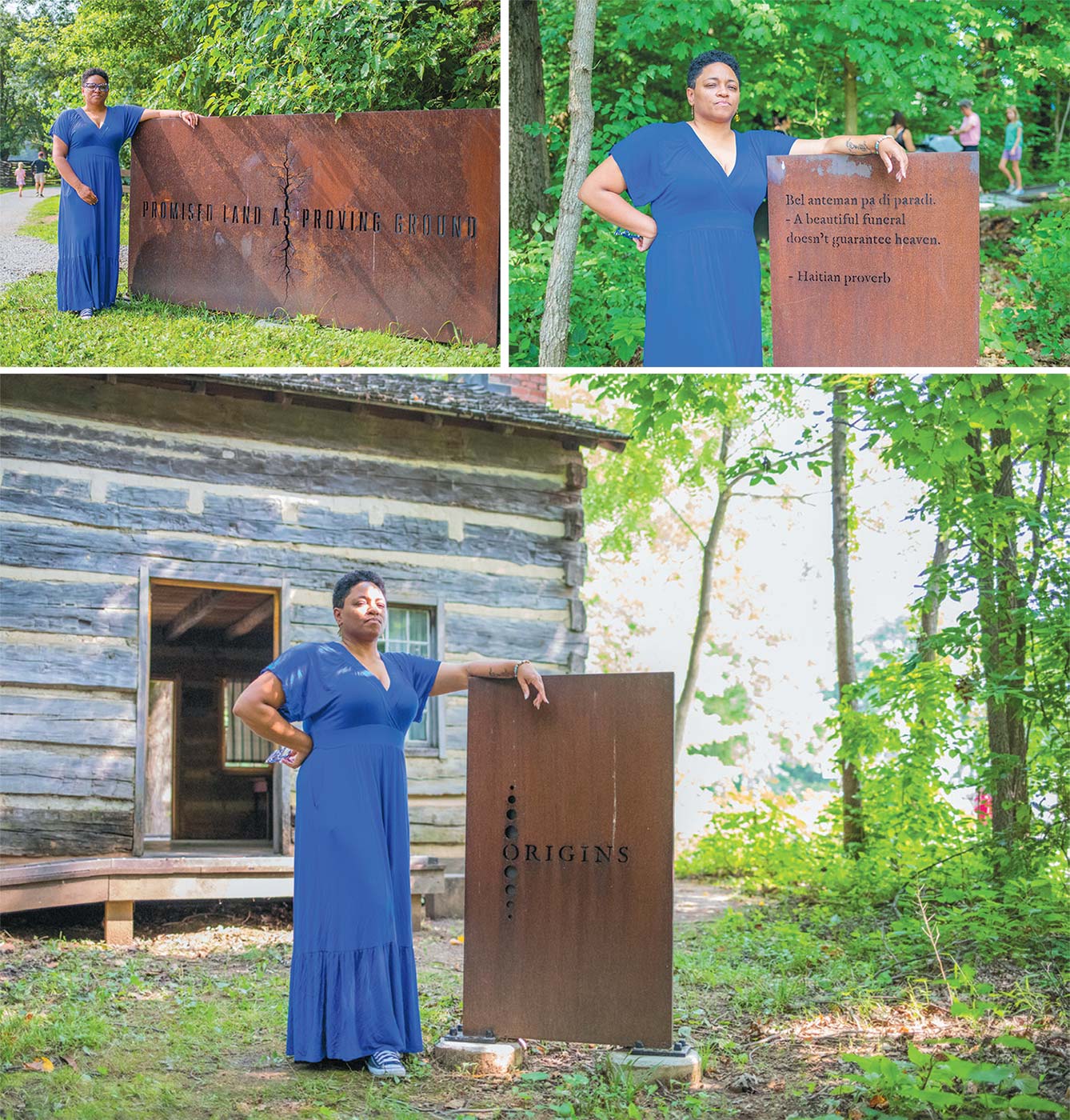
HELPINGS OF HOPE
Kathryn “Kitty” Beckman is executive director and founder of Helpings of Hope, a nonprofit that aspires to improve food security in Indiana. Their programs include agriculture, nutrition education and a goal to eventually establish a restaurant like JBJ Soul Kitchen in New Jersey, owned by musician Jon Bon Jovi and his wife. JBJ Soul Kitchen is a community restaurant where farm-to-table meals are served with no prices on the menu. Instead, guests make a suggested donation. If unable to donate, they are still welcome to enjoy a meal and volunteer in the kitchen. Volunteering in the kitchen provides skills training in the hospitality industry, allowing everyone access to healthy food without being limited by cost.
One of the ways Helpings of Hope has an impact is through community gardens. They operate a donation garden that supplies fresh produce to food pantries on the Northside including Second Presbyterian church on Meridian Street in Indianapolis, providing 52 individual plots where families can grow their food. Beckman believes “everybody has the right to access healthy and nutritious food.” Food pantries often receive canned goods as donations, but the community gardens distribute fresh produce to food pantries in Indianapolis, providing healthy options to people who may face food insecurity.
Combined with the community program and nutrition education program, Helpings of Hope helps Hoosiers understand how to grow and eat nutritious food that fuels the body. With over 17 years as a registered dietician, Beckman is passionate about improving food security and reducing food waste. She understands that resettled communities are highly vulnerable to poor food access. Familiar ingredients can be hard to find or too expensive in general grocery stores. As a result, resettled communities lose access to their cultural foods.
There are over 100 languages spoken in the Nora area of Indianapolis, where there is a large refugee population including significant numbers of Burmese, Congolose and Hispanic origin. Helpings of Hope partnered with three growers to form Helpings of Hope Farms, with support from a USDA-LFPA grant and the City of Indianapolis. The three growers—Michael Mugoovi, Wildja Ebambe and Omba Muhamba—are from the Democratic Republic of the Congo, in Africa. This is their first season farming on one acre provided by the First Baptist Church on College, the first immigrant-run urban farm in Indianapolis. In addition to collard greens, cherry and roma tomatoes, the Congolese growers planted four African crops: lenga-lenga, nyanya (African eggplant), majanya (pumpkin leaves) and maboga uchungu. These plants give resettled communities agency and access to their cultural foods, help them feel more at home in Indiana and teach Indiana about nutritious food in other parts of the world.
To learn more, visit HelpingsOfHopeIndy.org.


